When I started horse riding lessons at the age of eight, I was told that if a horse had its ears forward that was a good sign, and if horse had its ears back it wasn’t happy. Those riding lessons sparked a fascination with equine behaviour that is still with me and inspires my research.
Yet when I carried out my new study into horse facial expressions I was still surprised at how complex equine communication can be.
Horses are a social species with wild and feral populations living in complex societies. They form relatively stable herds or “bands”, typically made up of a stallion protecting his group of mares. The ranges of these bands overlap, and the need to share space and resources means that effective communication is essential for horses.
Just like humans and non-human primates, horses have a large number of facial muscles. These allow them to produce a range of facial movements.
Get your news from actual experts, straight to your inbox. Sign up to our daily newsletter to receive all The Conversation UK’s latest coverage of news and research, from politics and business to the arts and sciences.
We also know that facial expressions are an important method of communication for horses. In a 2016 study, equine cognition researcher Jen Wathan and her colleagues demonstrated this when they showed a group of horses images of another horse.
The horse in the images was displaying one of three different facial expressions: aggression, positive attention and relaxation. Horses were more likely to approach the images of the horse showing positive attention and relaxation. They tended to avoid the horse showing aggression. This shows that horses can use the expression of another horse to infer that animal’s intent.
Equine facial communication is therefore, understandably, of significant interest to those working with and around horses. Go to any stables, as I did when I was young, and you will hear talk of which signals to look out for. You will quickly learn that the ears are important. However, in recent years, scientists have become interested in the more subtle cues that are often overlooked.
Research into horse facial expressions began in 2014 with identifying indicators of pain to try and improve horse welfare. More recently, there have been a number of studies that have looked at facial expressions outside of pain contexts. These have, however, been restricted to a small number of usually human-created, contexts.
For example, in 2024 animal behaviour researchers Romane Phelipon and colleagues examined the facial expressions of horses when they were being led towards a bucket of feed and allowed to eat. They were also shown the bucket of feed and then prevented from eating it.
In the positive situation, horses had a lower neck position, their ears forward, and their upper lip extended forwards. In the more frustrating situation, horses held their neck higher, with their ears backward or to the side.
My team wanted to extend what we know about equine facial behaviour into contexts that don’t involve humans, and to identify the expressions that horses use when communicating with each other.
To do this we used something called the equine facial action coding system (EquiFACS). This involves two types of code: action units, which correspond to the contraction of particular facial muscles; and action descriptors, which correspond to more general facial movements.
There are already similar codes for a variety of primate and domestic species, including cats and dogs. This makes them useful for making comparisons between species and for studying the evolution of facial behaviour.
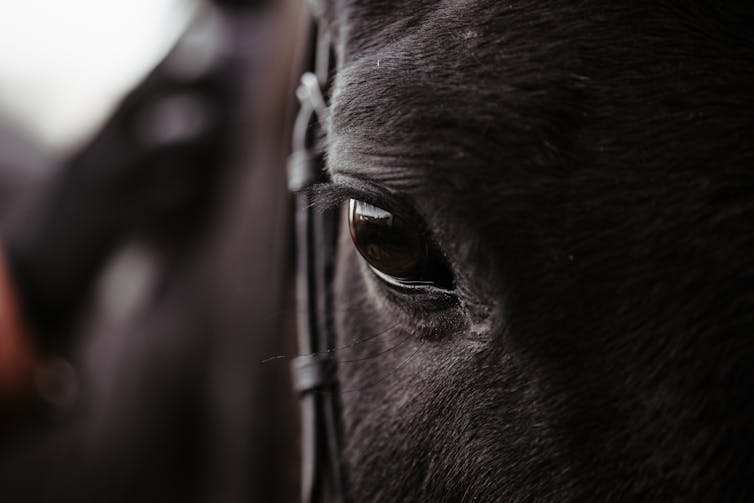
Serhii Hromov/Shutterstock
We observed groups of domestic horses out at pasture. Whenever they interacted with one another we would hit record on our video camera and film the facial expressions they made. This gave us a bank of 805 expressions, which were coded using EquiFACS.
We categorised the expressions based on the behaviour they were associated with, such as a kick threat or friendly contact. Then we used network analysis techniques to assess how the individual action units and action descriptors work together to create the overall facial expression. Network analysis is a statistical method usually used to study social networks, but which also works well for understanding how the different areas of the face work together.
This created a catalogue that identified 22 discrete facial expressions. These included expressions from a range of aggressive, friendly, playful and alert interactions. Some movements are used across several contexts, for instance rotated and flattened ears which can indicate aggression or playfulness.
When making a threat, horses have their ears rotated backwards and flattened downwards. They often lower their head, raise the inner corner of their brow, and/or flare their nostrils.
Most interesting are facial expressions during play, which are highly dynamic. They involve a range of different facial movements, often in quick succession. Movements include depressed lower lips, raised chins, parted lips, wide-open mouths, rotated and flattened ears, increased visibility of eye whites, and noses pushed forward.
We also identified similarities between the facial expressions horses make during play and the play faces used by primates and carnivores. Primates and carnivores often use an open-mouthed expression to indicate that an interaction is playful. This can help prevent misunderstandings about the intent of an interaction, and is particularly useful during rough-and-tumble play. The fact that this expression is also used by horses suggests that it evolved much further back than scientists believed.
Anyone who needs a way to assess a horse’s subjective experience can benefit from our catalogue, from researchers through to those working with horses. I certainly wish I had had it over the many years I spent riding, and later working, at my local riding school.
Our results also highlight the importance of looking beyond our primate cousins if we are to gain a comprehensive understanding of facial expressions and their evolutionary origins.
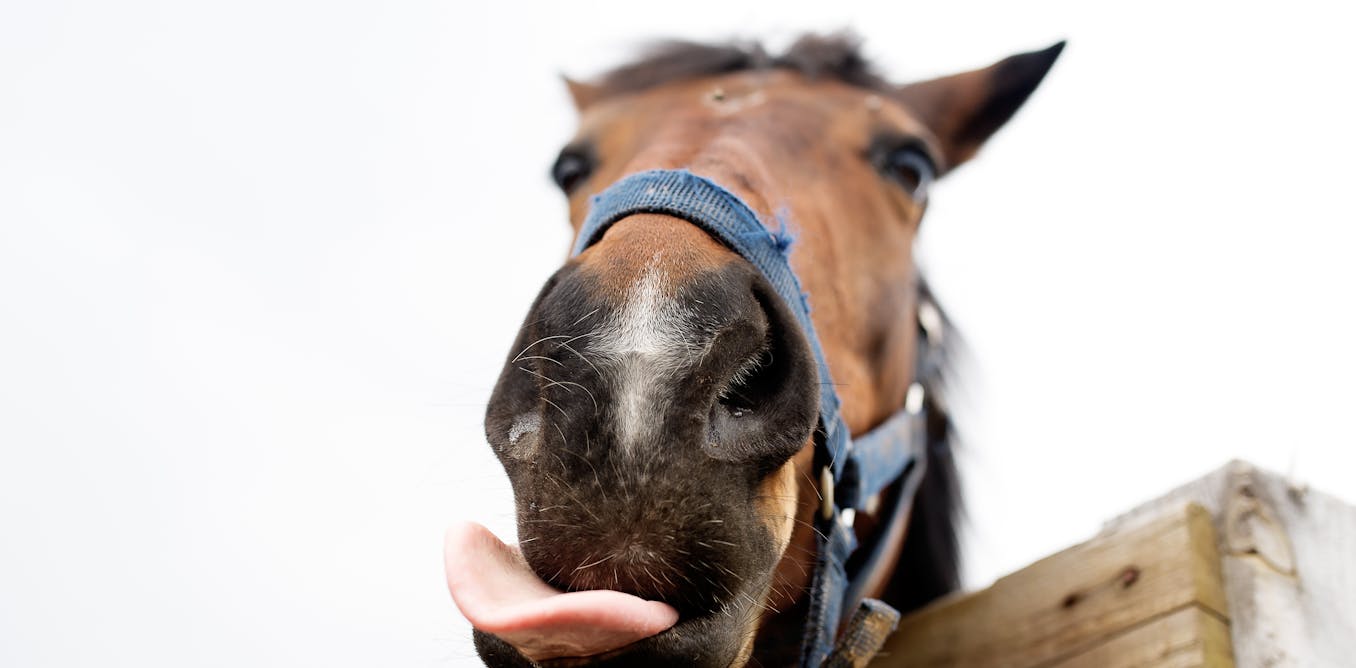
The post “Horses have a complex repertoire of facial expressions, just like primates” by Kate Lewis, Researcher in Animal Welfare, University of Portsmouth was published on 06/09/2025 by theconversation.com







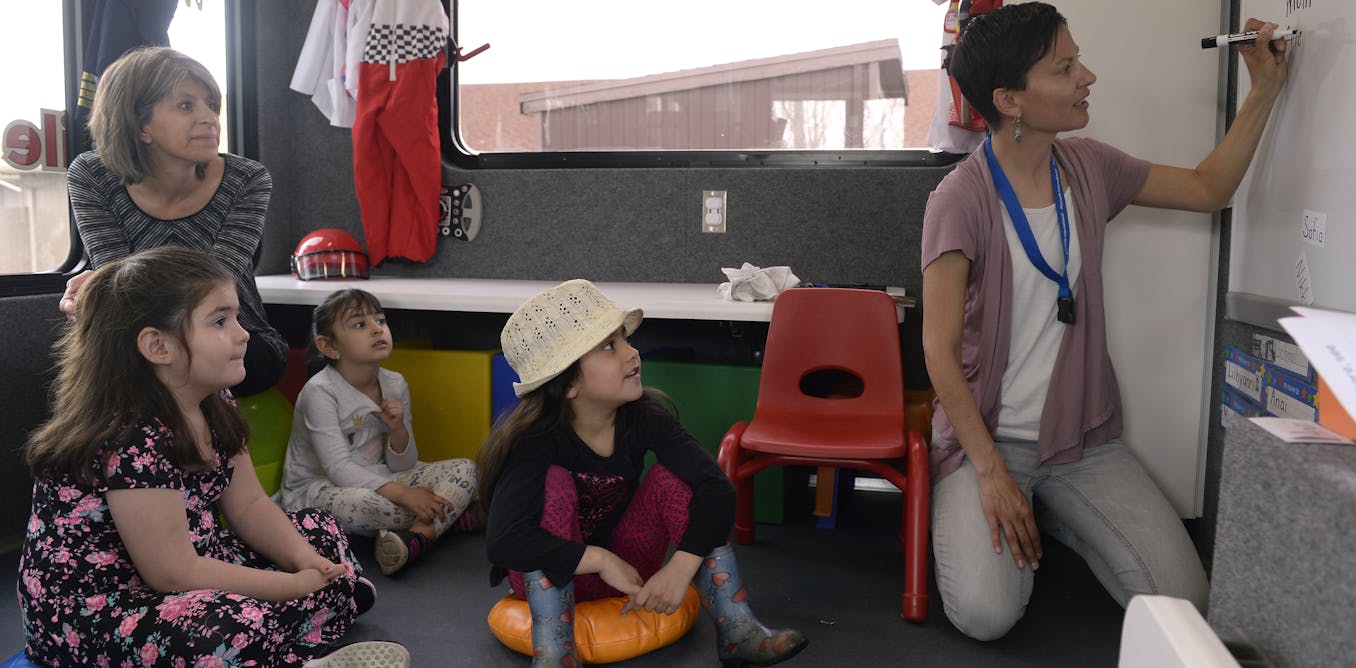

























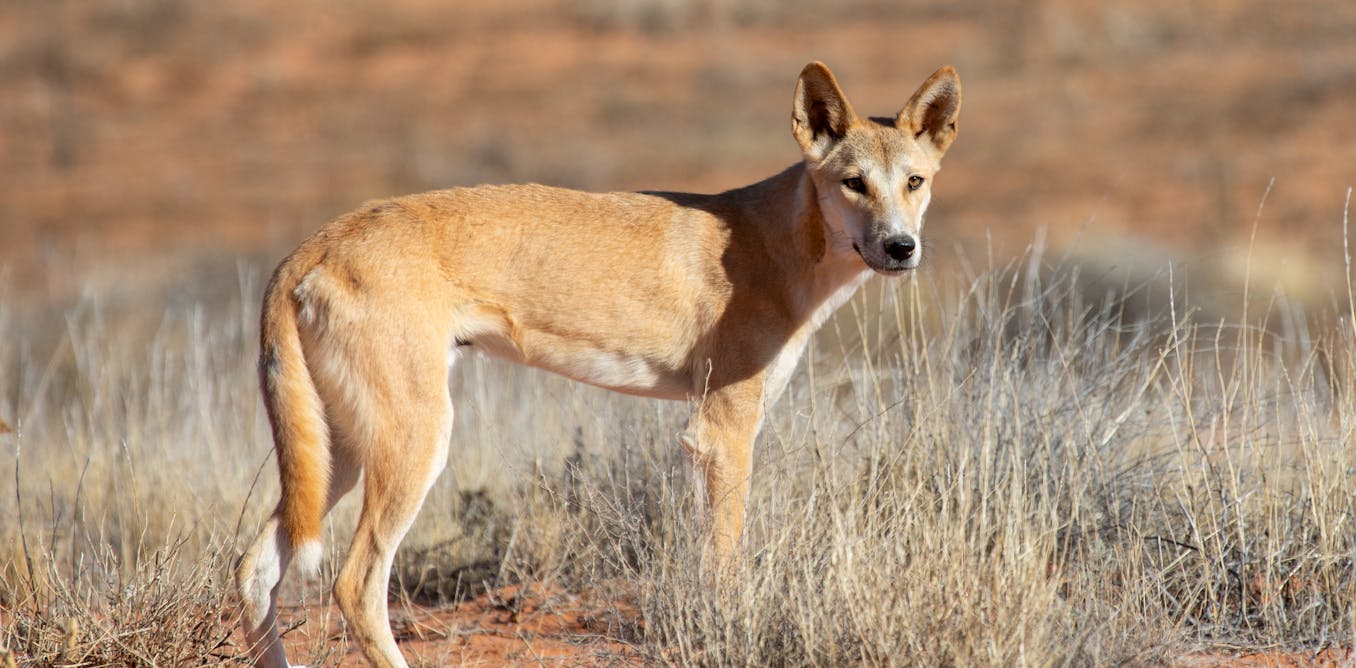
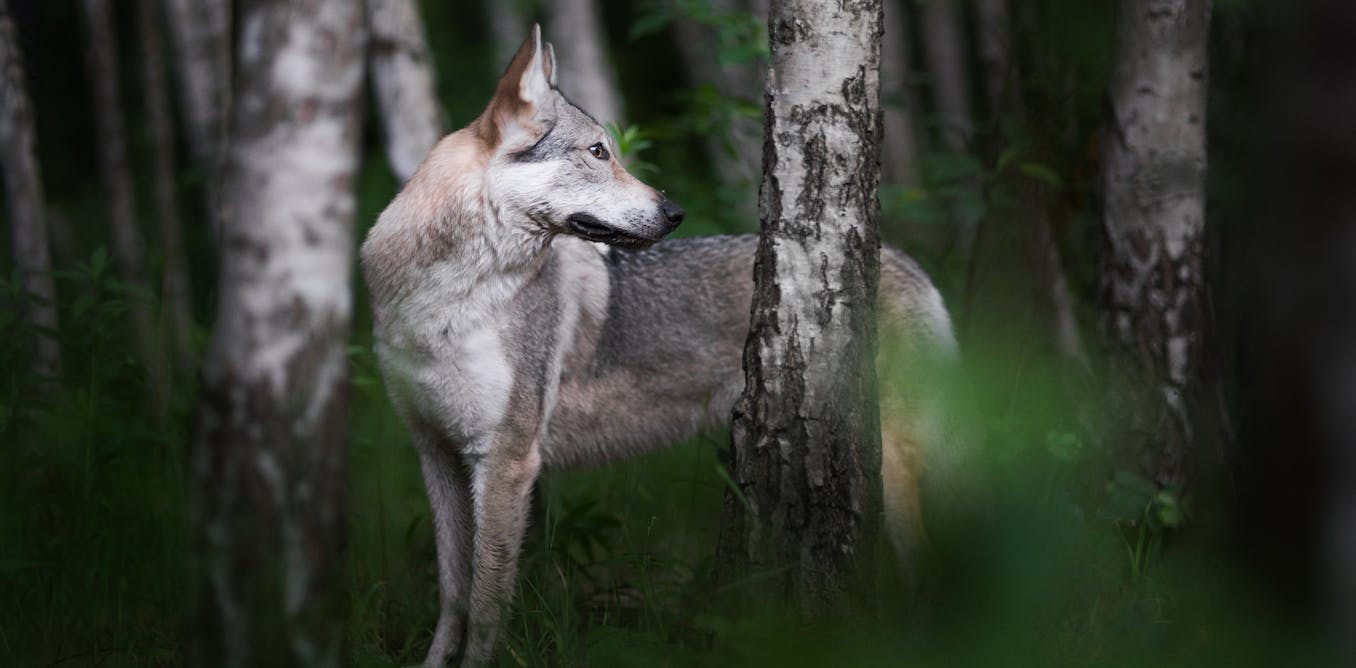

Leave a Reply